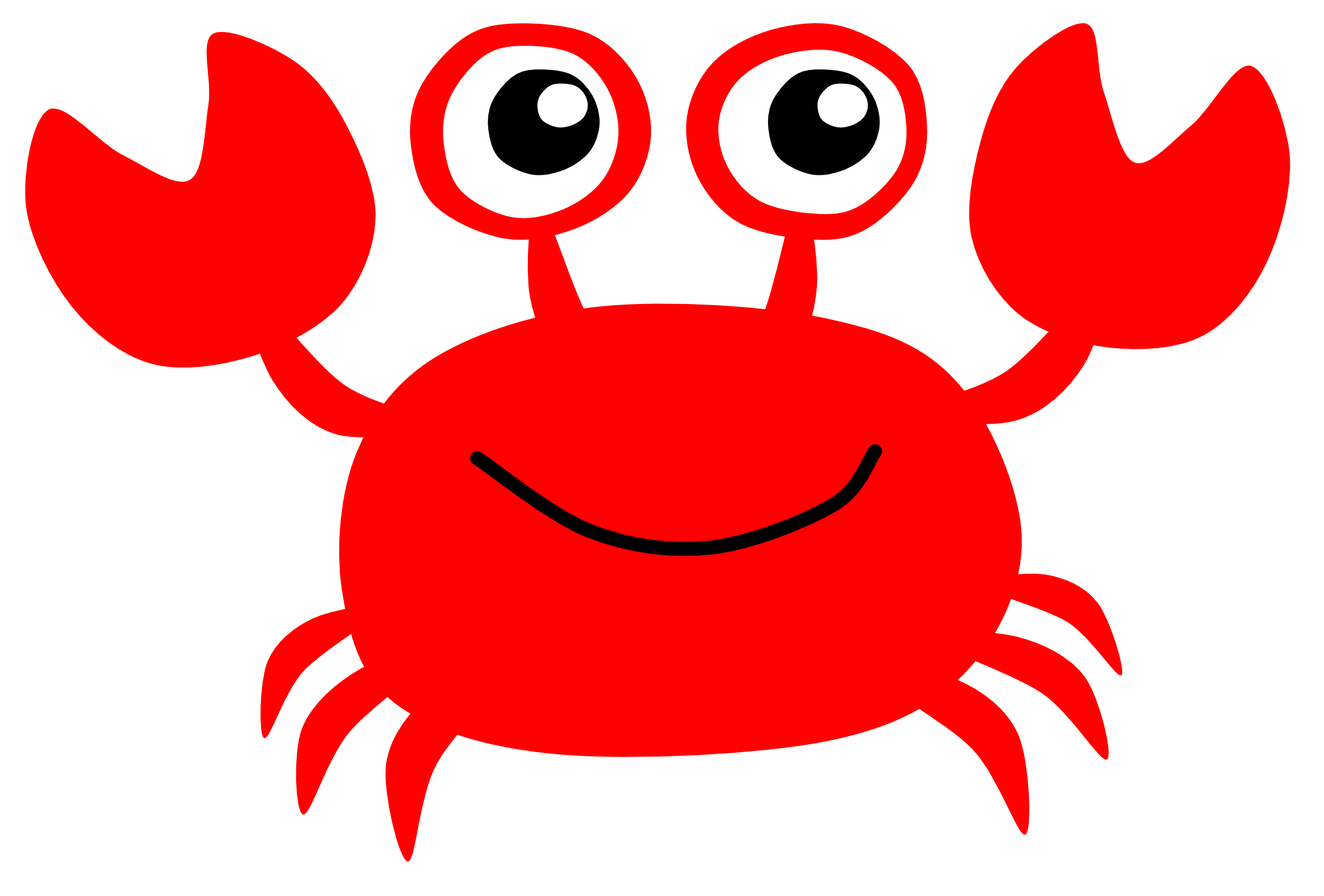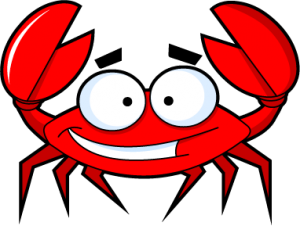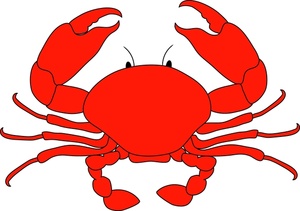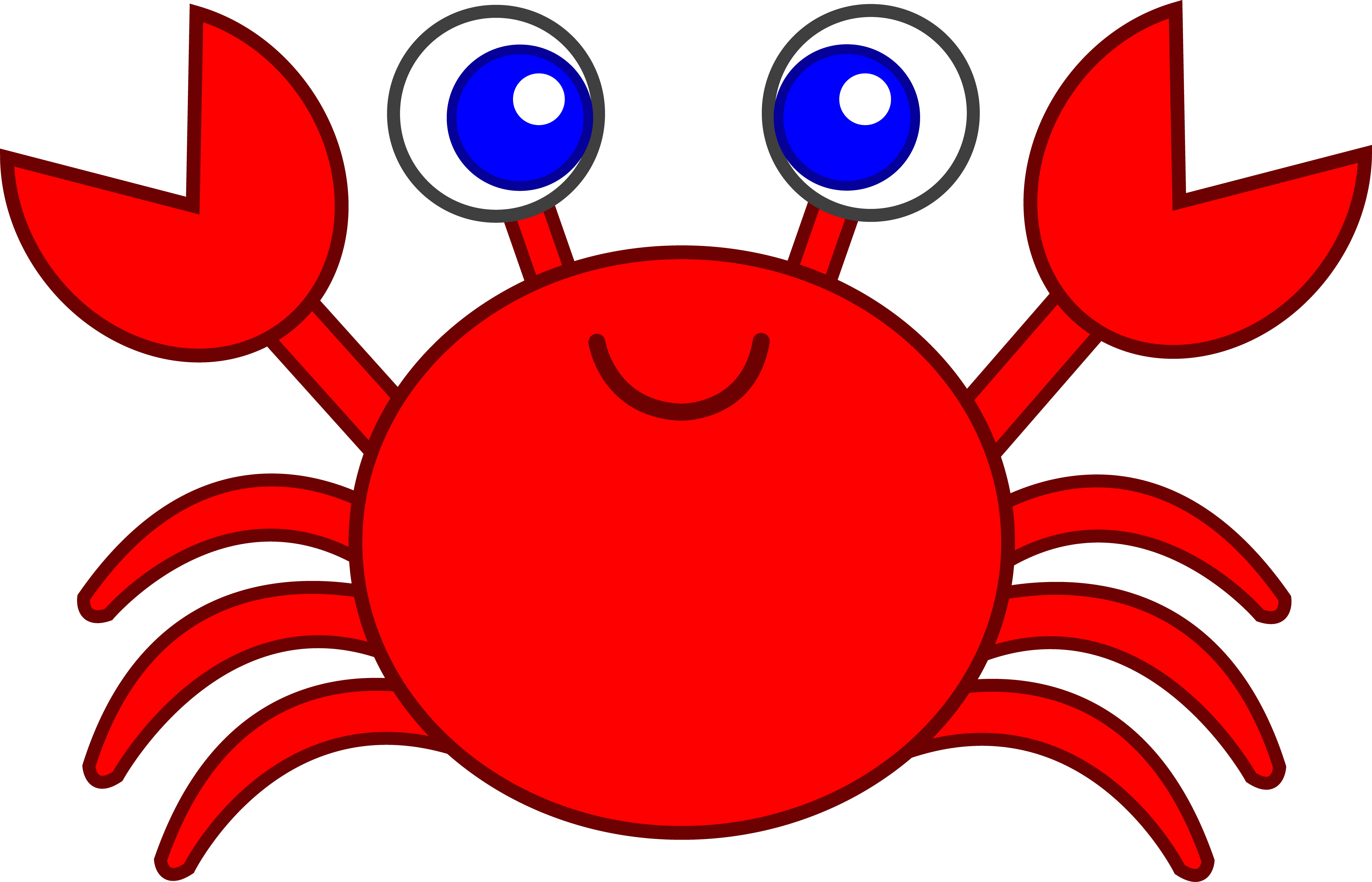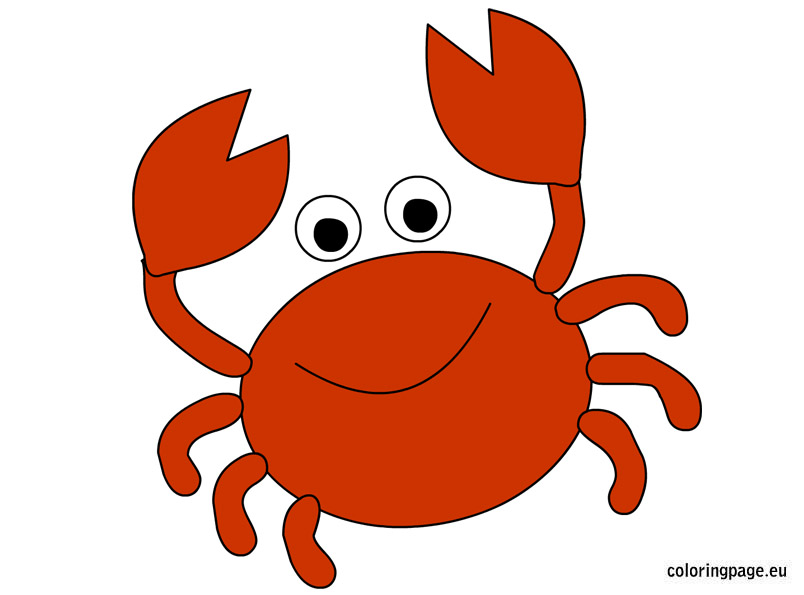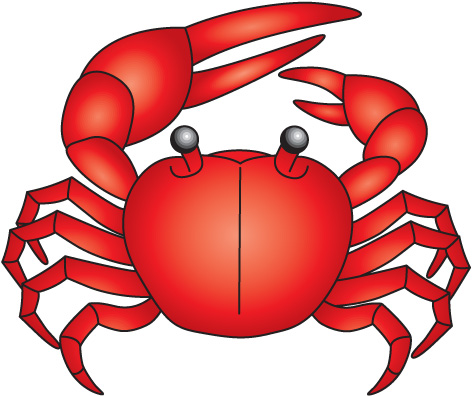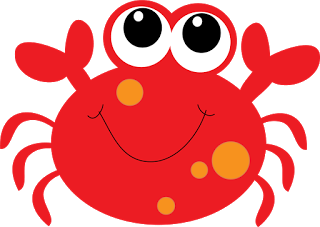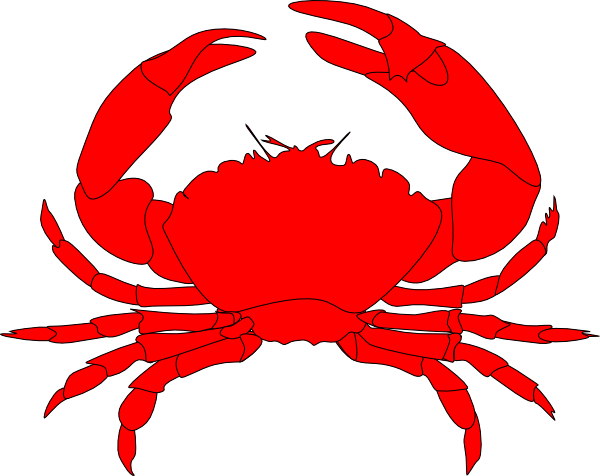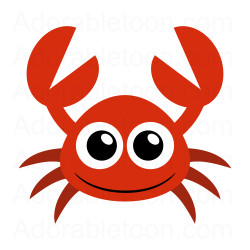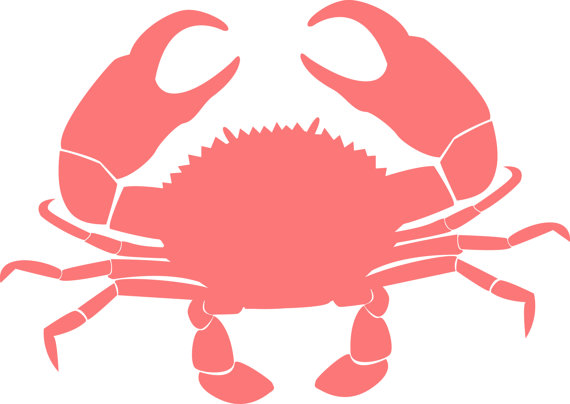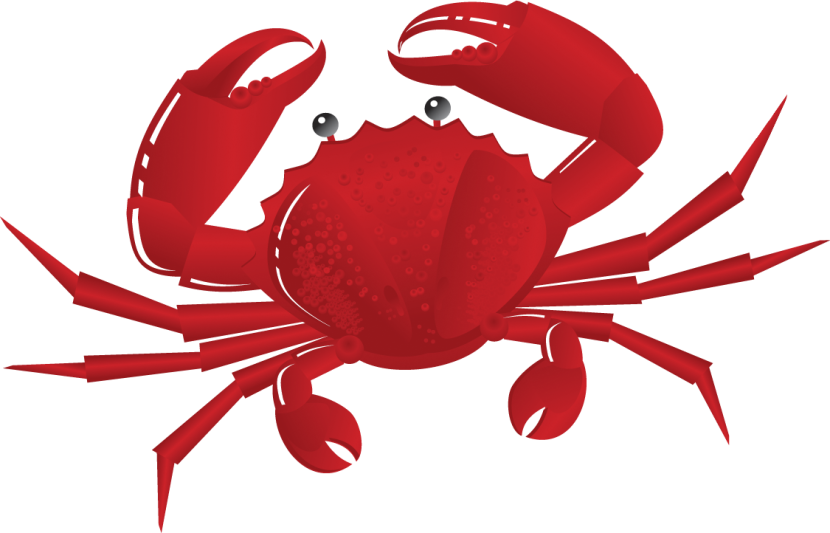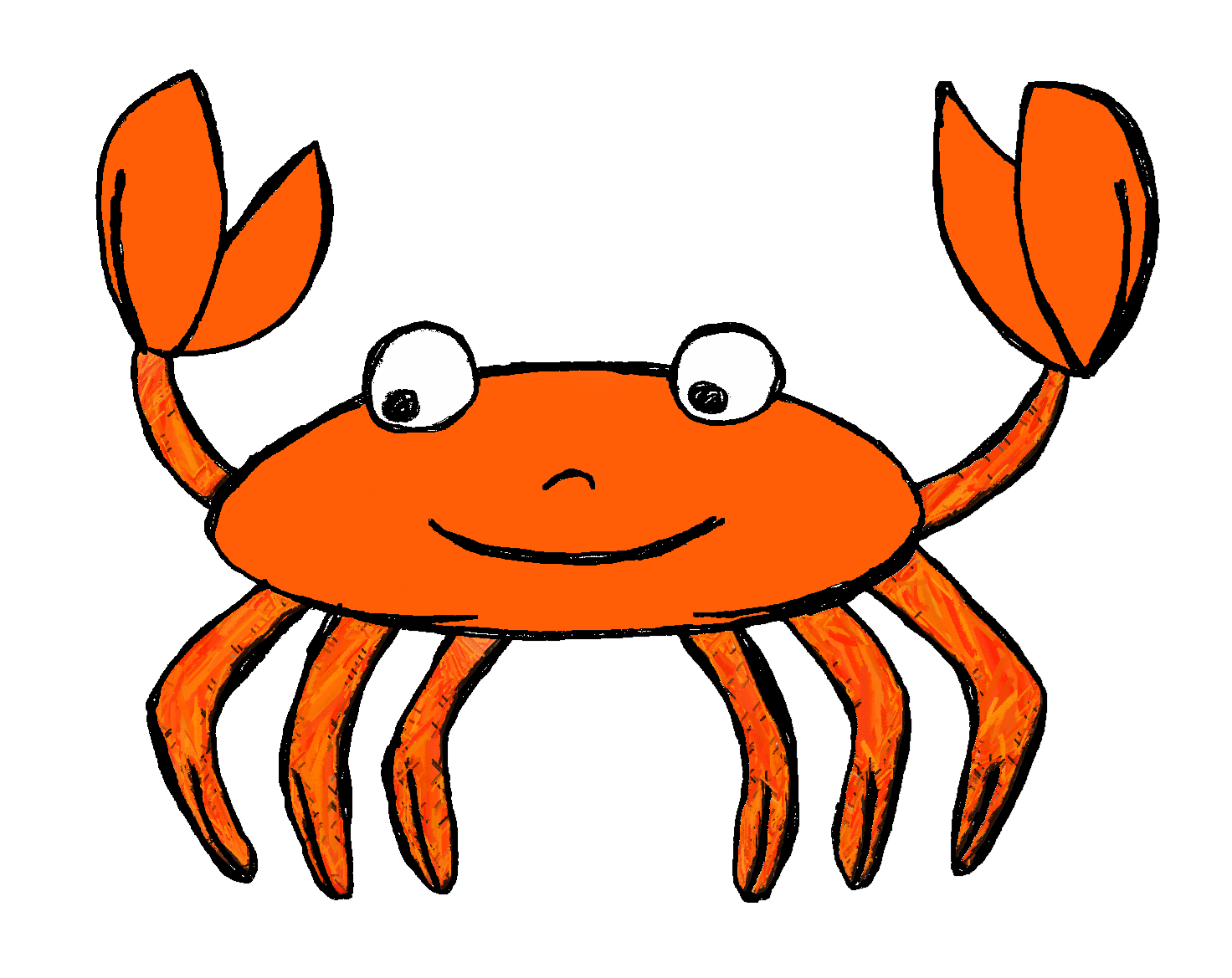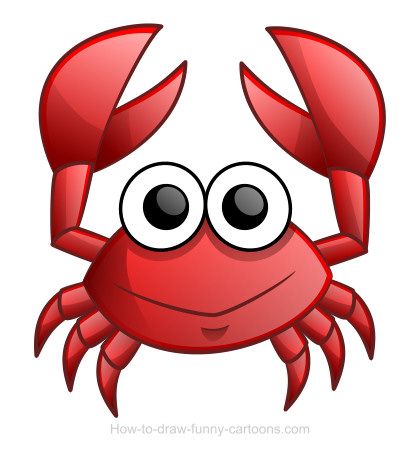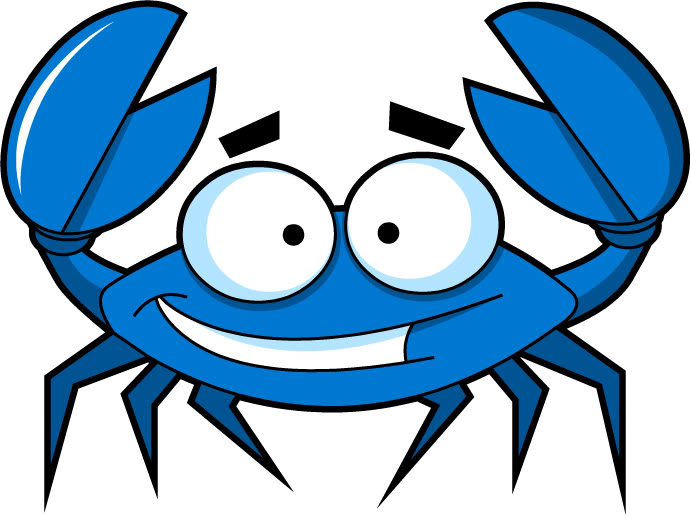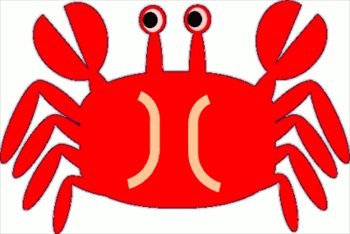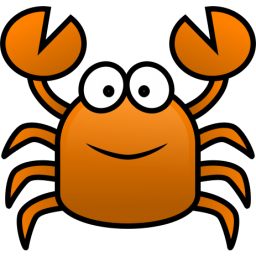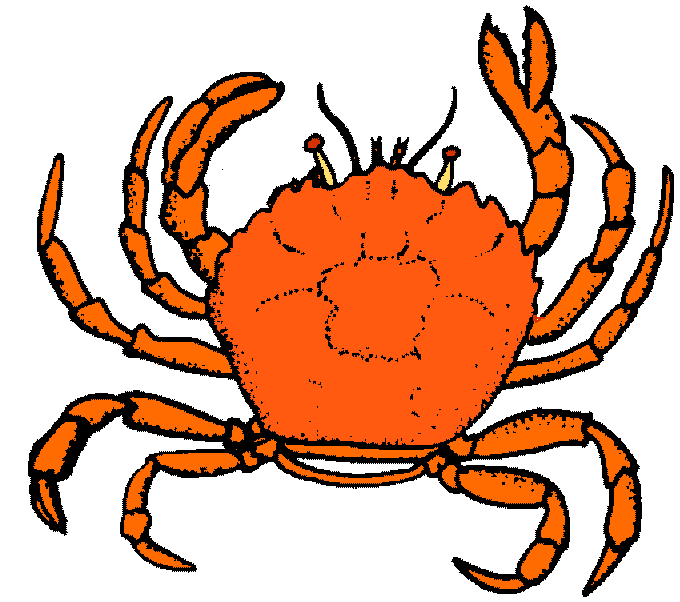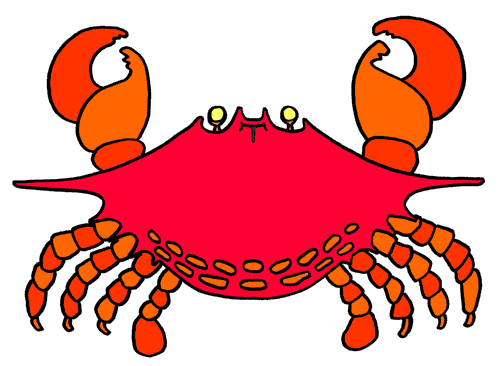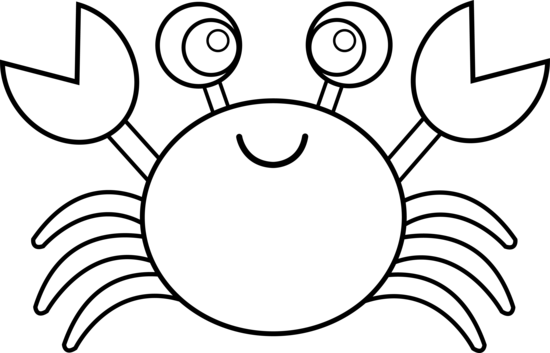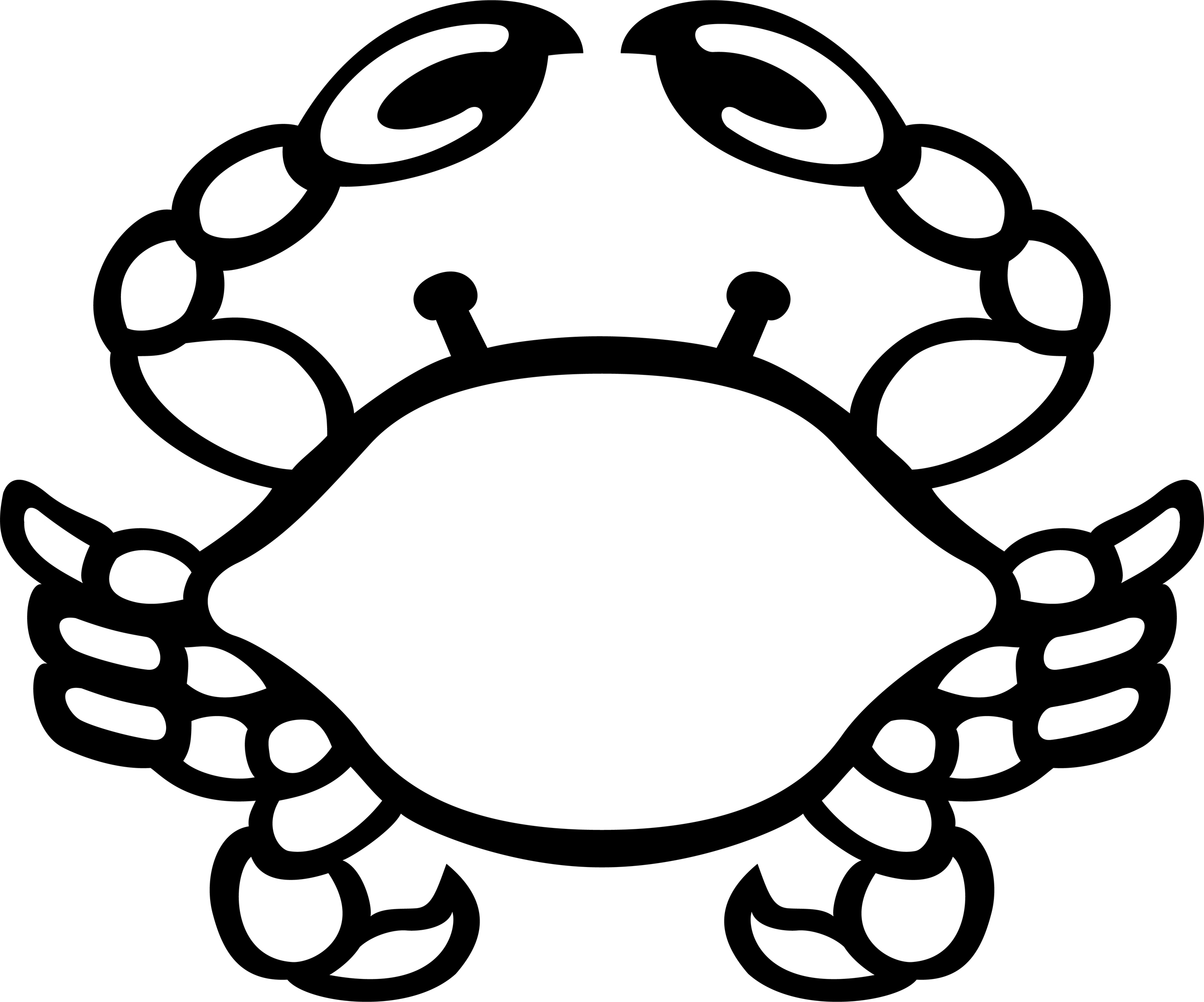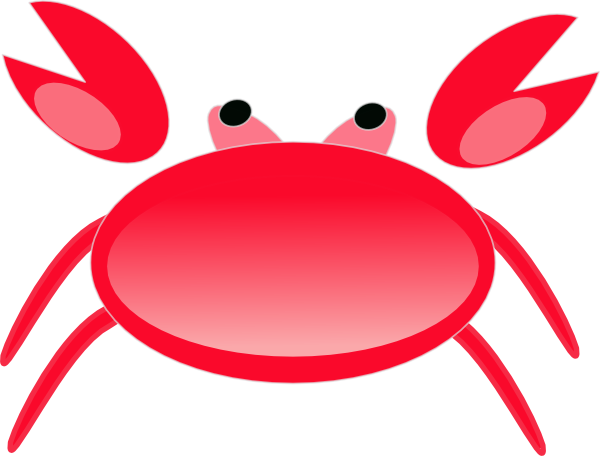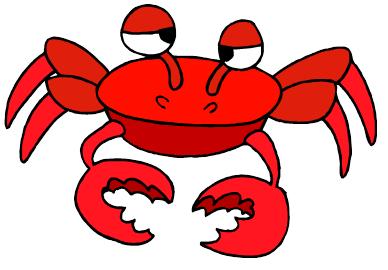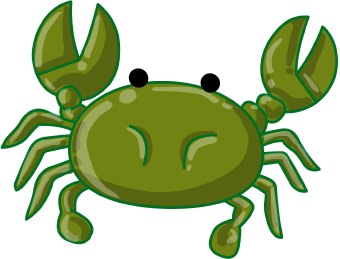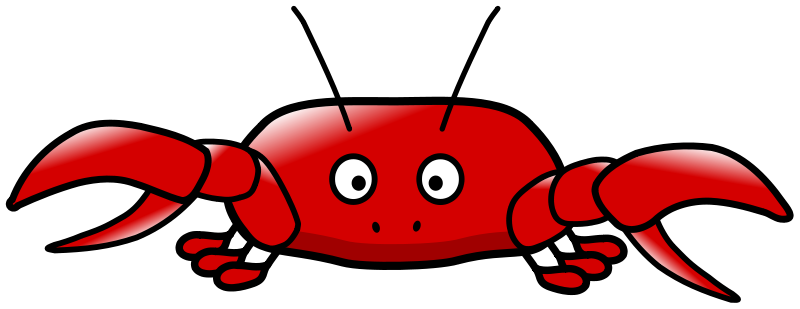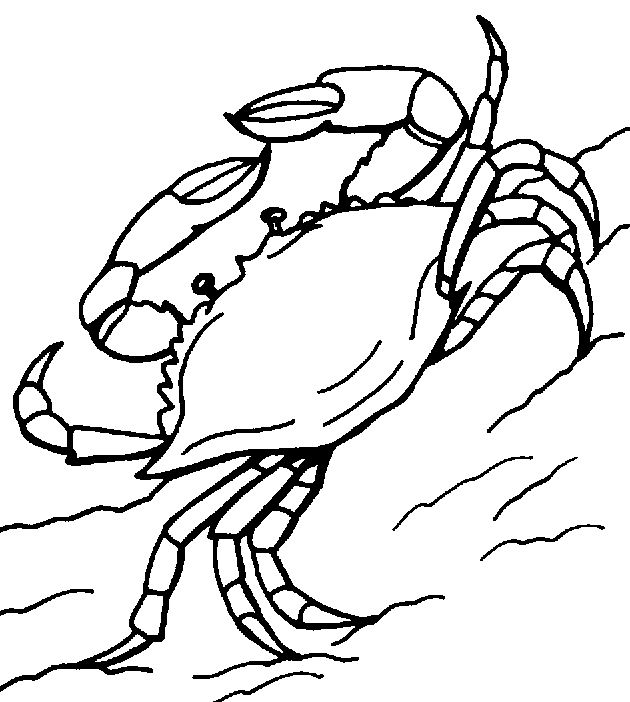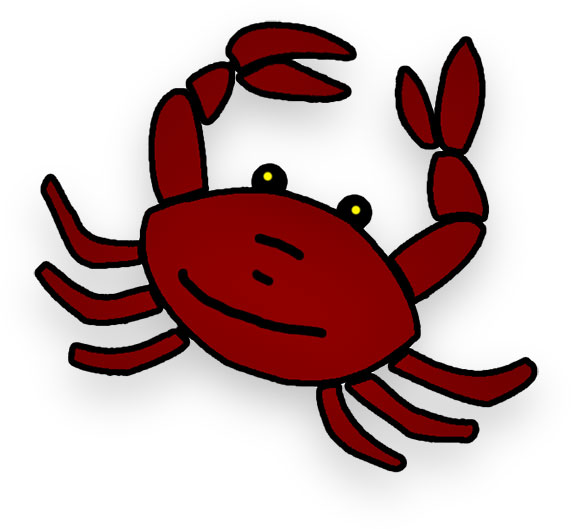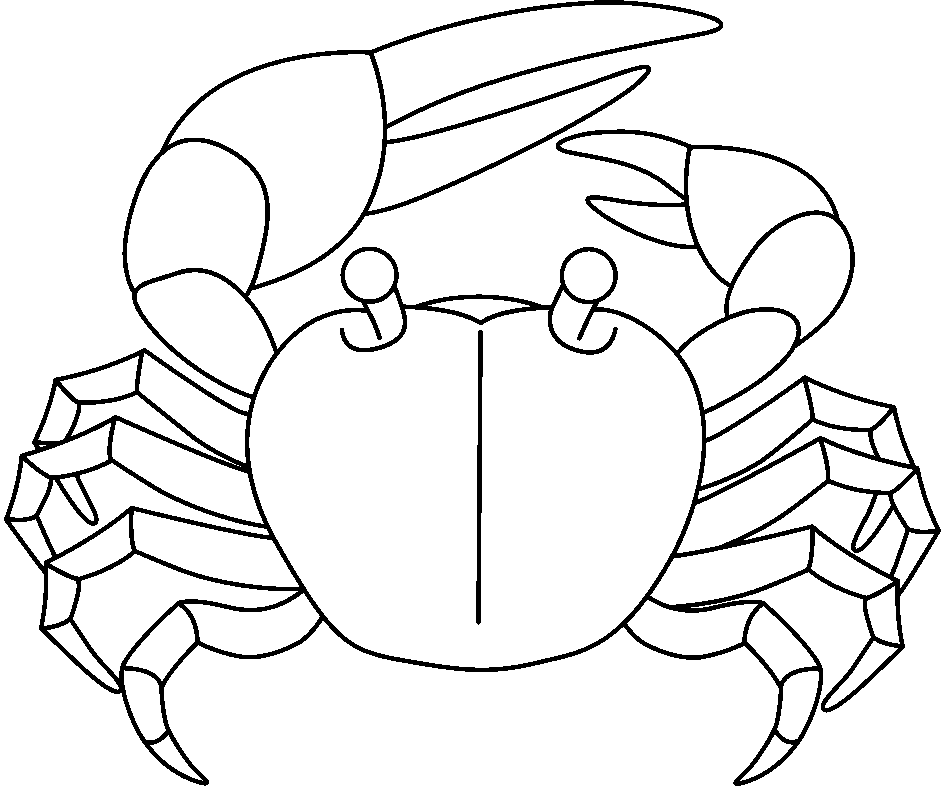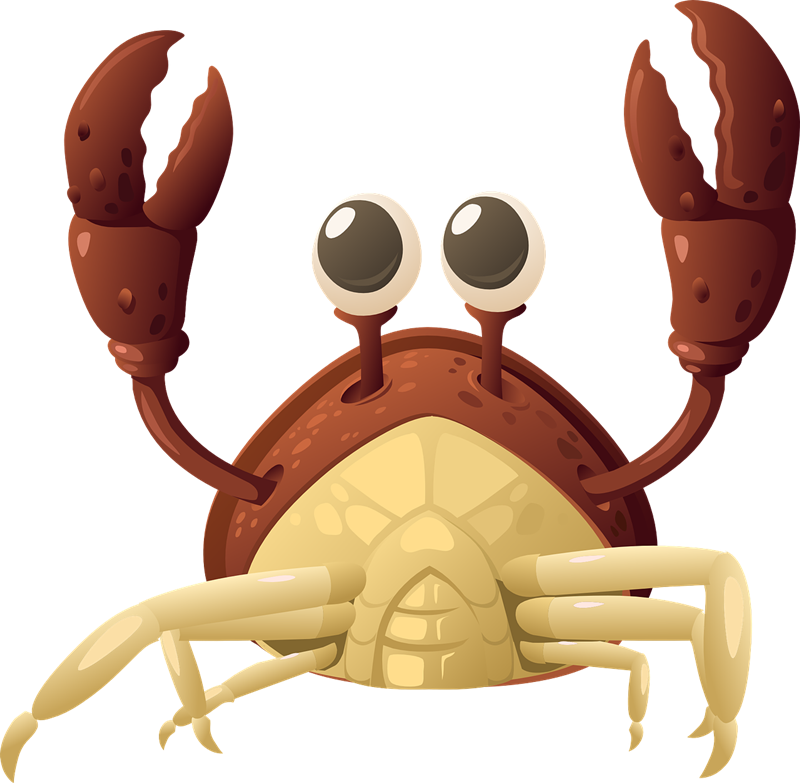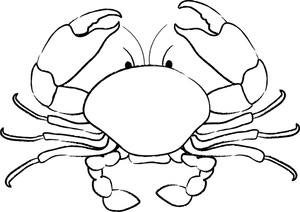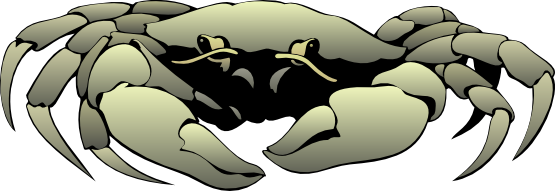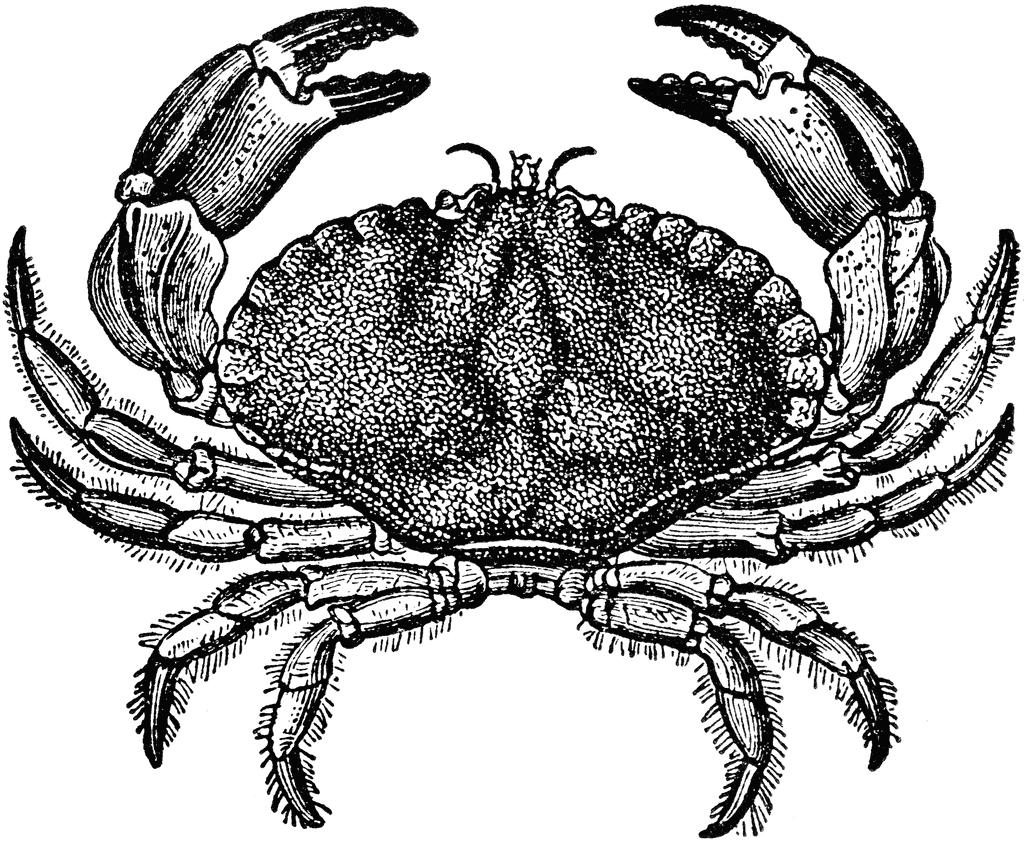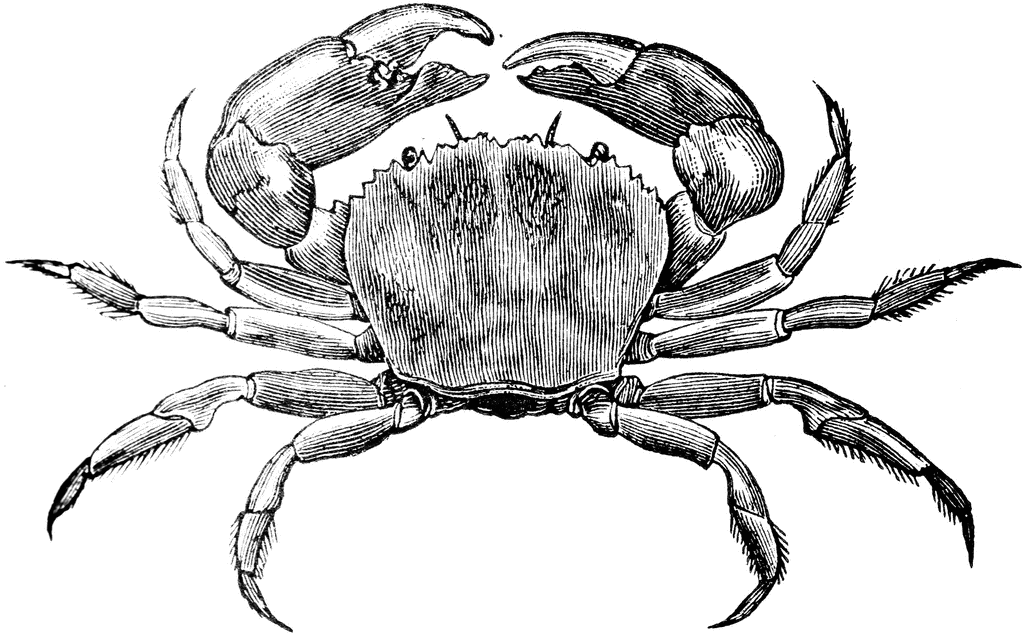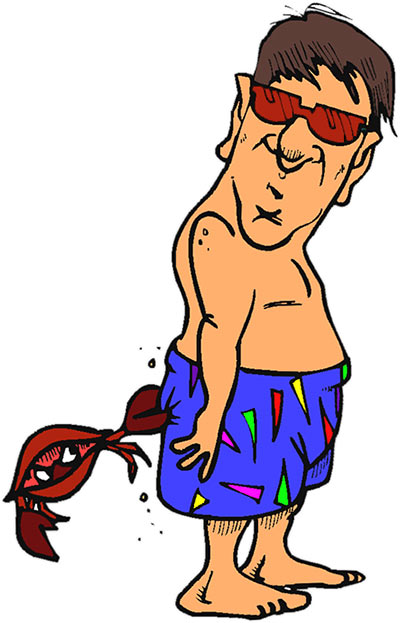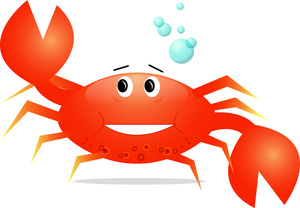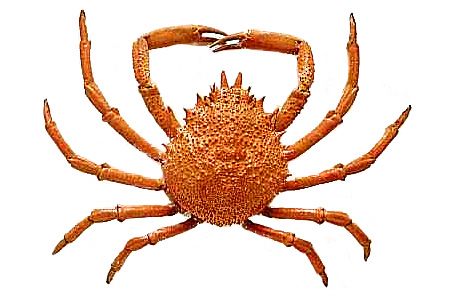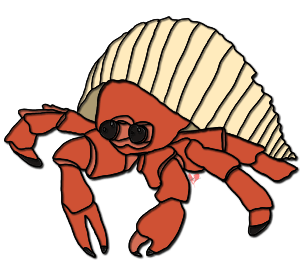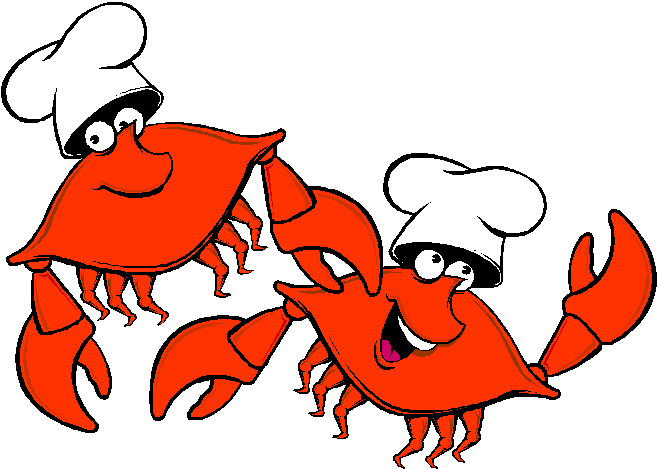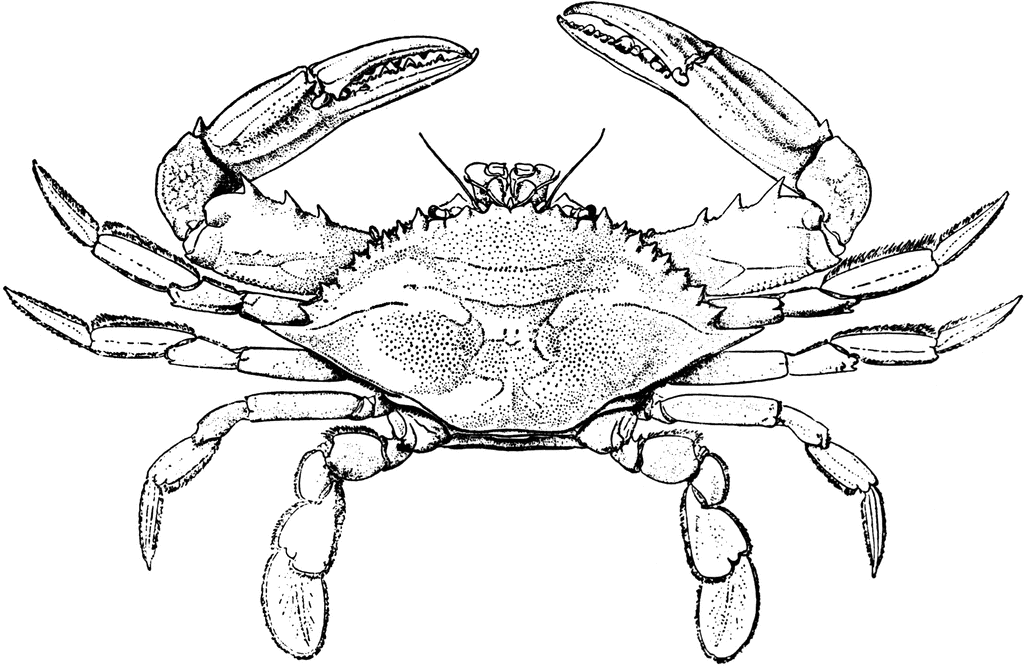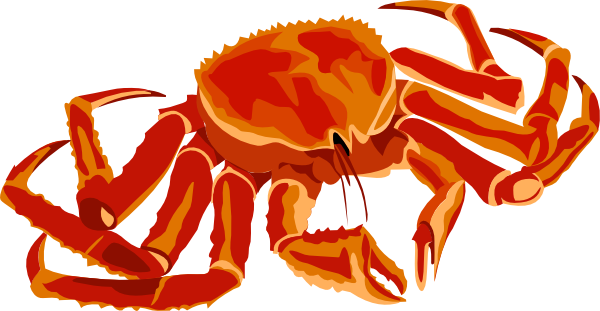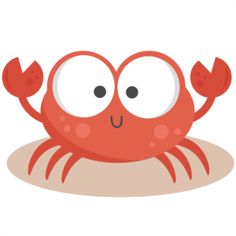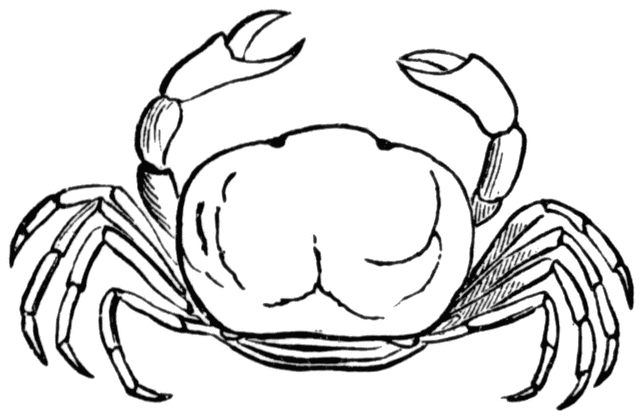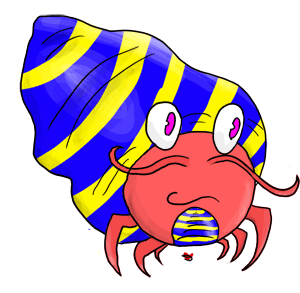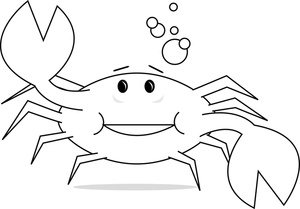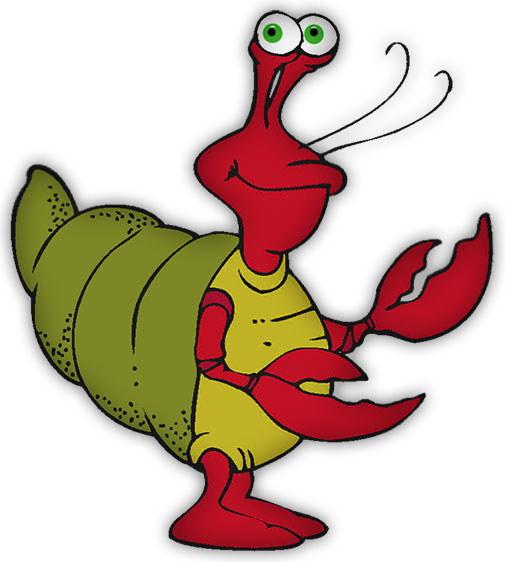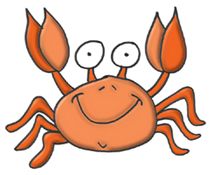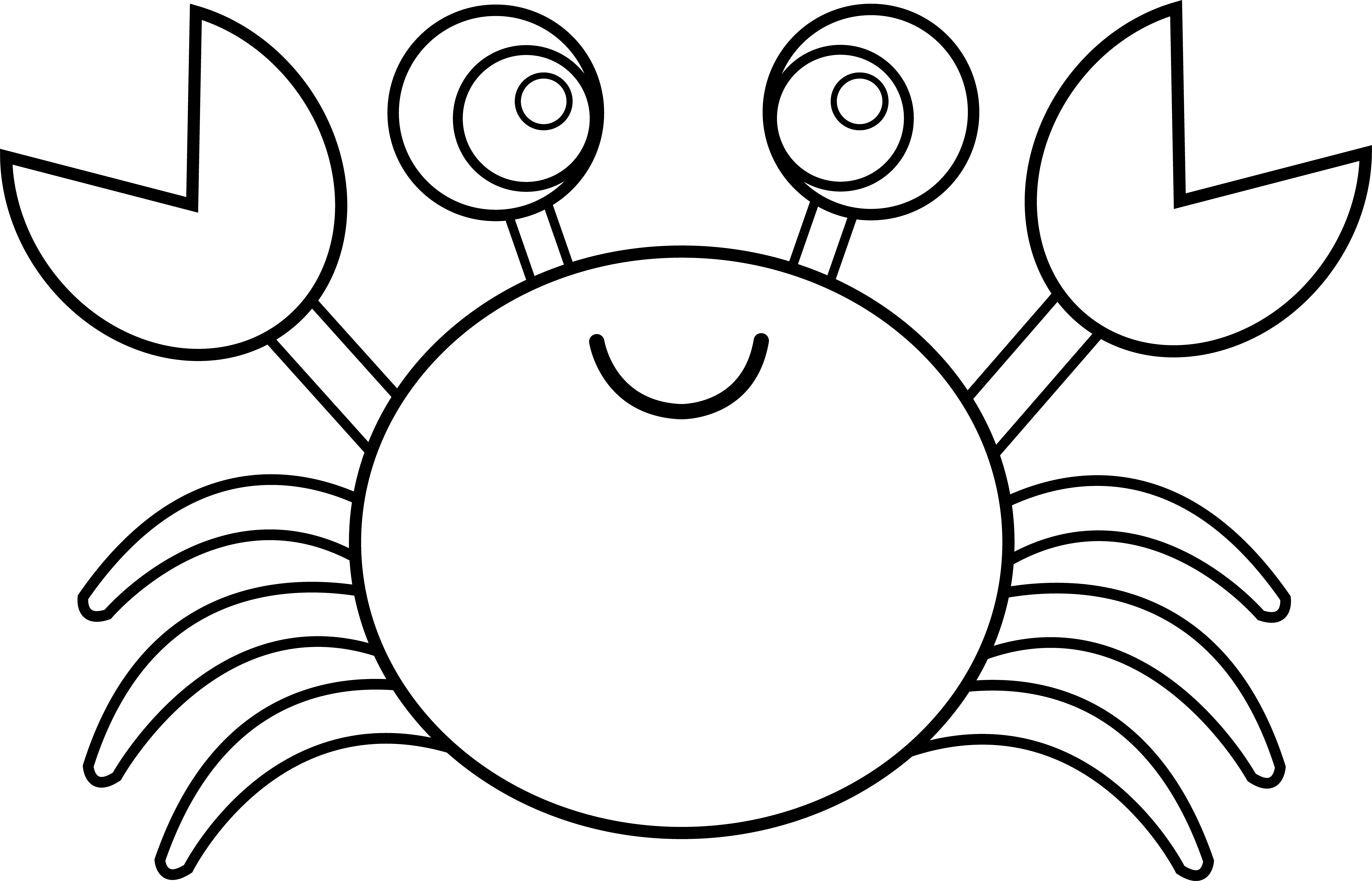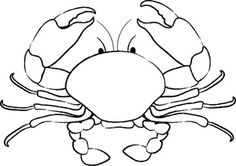Crab Clipart
Crabs are small aquatic crustaceans found in oceans, seas, and freshwater habitats across the world. There are over 4,500 species of crabs, and they have a distinct body shape – a flattened carapace (shell) protecting the head and internal organs, with a small tail tucked underneath. Crabs also have 5 pairs of legs, with the front pair being modified as claws used for feeding, defense, and mating displays.
Some key crab facts:
- Crabs belong to the arthropod phylum, which also includes spiders, insects, and centipedes
- First true crabs emerged during the Jurassic period over 200 million years ago
- Part of the larger group Crustacea which includes lobsters, shrimp, and barnacles
- Vital components of food chains and nutrient cycles in marine ecosystems
Popular Crab Species
Many crabs are edible and commercially caught for human consumption, such as:
- Blue Crab: Found along the Atlantic coast of America and has sweet and delicate meat
- Snow Crab: Lives in cold waters like the Bering Sea and prized for its long legs with flavorful meat
- Stone Crabs: Caught in warm waters and can regenerate their claws after being harvested
- King Crab: Massive crabs from the Pacific that can grow up to 25 cm across, with succulent flesh
Some pet crab varieties include terrestrial hermit crabs, Thai micro crabs, and purple pinchers. Many crabs like strawberry land crabs and violin crabs are kept for their colorful and decorative bodies.
Crab Anatomy
Crabs have an anatomy that supports their lives as agile, armored predators. Key body parts:
Carapace: The hard impregnable chitin shell covering the dorsal surface, joints, and some appendages.
Eyes: At the end of stalks that give 360° vision from their flat bodies.
Antennae: Senses touch, taste, and smell both in water and air.
Mouthparts: For gastrolith grinding of food and directed into the mouth.
Abdomen: Reduced soft hindbody for respiration and reproduction.
Legs: 4 pairs for walking plus 1 pair modified as pincers
Crabs also have gill systems, hearts, digestive tracts, nervous systems and specialized reproductive organs for maintaining their biological processes and marine existence.
Crab Life Cycle
All crabs undergo a complete metamorphosis with distinctive stages:
- Eggs: Females carry 100,000s of fertilized eggs under their abdomens
- Larvae: Tiny planktonic zoea molt through several forms over weeks
- Juveniles: Migrate to suitable benthic habitats to mature
- Adults: Mature crabs court, mate, migrate, feed, and defend territories
Sexual maturity takes 1-2 years for small crabs while giants like Alaskan king crabs take 5+ years before they are large enough to reproduce, carrying on the cycle.
Crab Behavior
Crabs display a range of behaviors suited to their environments:
- Mostly noctural and hide during the day
- Scavenge opportunistically on carrion and debris
- Migrate seasonally to reproduce or reach protective waters
- Some species are territorial especially during breeding contests
- Will readily fight and threaten using their pincers
- Burrow into sand or mud for protection
Patterns like moulting, courtship dances, and larval release help crabs survive threats while passing on their genes.
Crab Habitats
Crabs occupy diverse aquatic and moist terrestrial habitats:
- Rocky reefs and coral hides offer prime space and dietary choices
- Sandy and muddy beaches down to 200m deep harbor burrowing crabs
- Mangrove forests depend on tree climbing crab nutrient cycles
- Freshwater lakes and streams support underwater and semiterrestrial varieties
- Tropical forests have tiny colorful land crabs across leaf litter
This range means crabs play pivotal ecological roles across many ecosystems.
Harvesting and Cooking Crabs
Crabs form a tasty and nutritious seafood for human consumption across many cuisines of the world, requiring specialized cooking methods:
- Trapped in baited commercial pots, rakes or by hand
- Transported live until processed as picking crabs or whole cooked crabs
- Boiled, steamed, baked or fried to extract delicate meat from hard shells
- Crab meat used in dishes like risottos, puff pastries, bisques, dipping sauces
- Soft shell crabs eaten whole when still in their outgrown molts
Strict fishing regulations now help conserve crab populations given high demand.
Crab Clip Art Introduction
Crab motifs have become popular decorative images for intentional designs, referred to as clip art. Hundreds of cute, funny and realistic crab pictures now exist as:
- Scanned or digitally drawn cartoon illustrations
- High resolution photos of crabs in various poses and settings
- Catchy logos with crab imagery for coastal businesses
- Vector graphics scalable to any size without losing resolution
These provide creative assets for people to utilize for personal or commercial use with minimal fuss.
Sources of Crab Clip Art
Many online sites offer free or purchasable crab clipart libraries:
- Public domain sites like Pixabay and WikiCommons
- Stock photo sellers like Adobe and Getty Images
- Online stores on Etsy selling hand drawn designs
- Private nature artists and photographers
- Specialist marine life illustration websites
Plenty of options now exist to access authentic, high quality crab pictures.
Using Crab Clip Art
Crab clipart sees diverse applications across digital or print media:
- Put cute crab characters on birthday cards, flyers or kids menus
- Use in scientific reports to better explain crab features
- Decorate t-shirts, bags, stickers with funny crab sayings
- Show specials of the day using blackboard crab images
- Spice up websites, presentations and brochures with coastal themes
- Print crab coloring sheets for children’s marine education
In this page clipartix present 58 crab clipart images free for designing activities. Lets download Crab Clipart that you want to use for works or personal uses.
